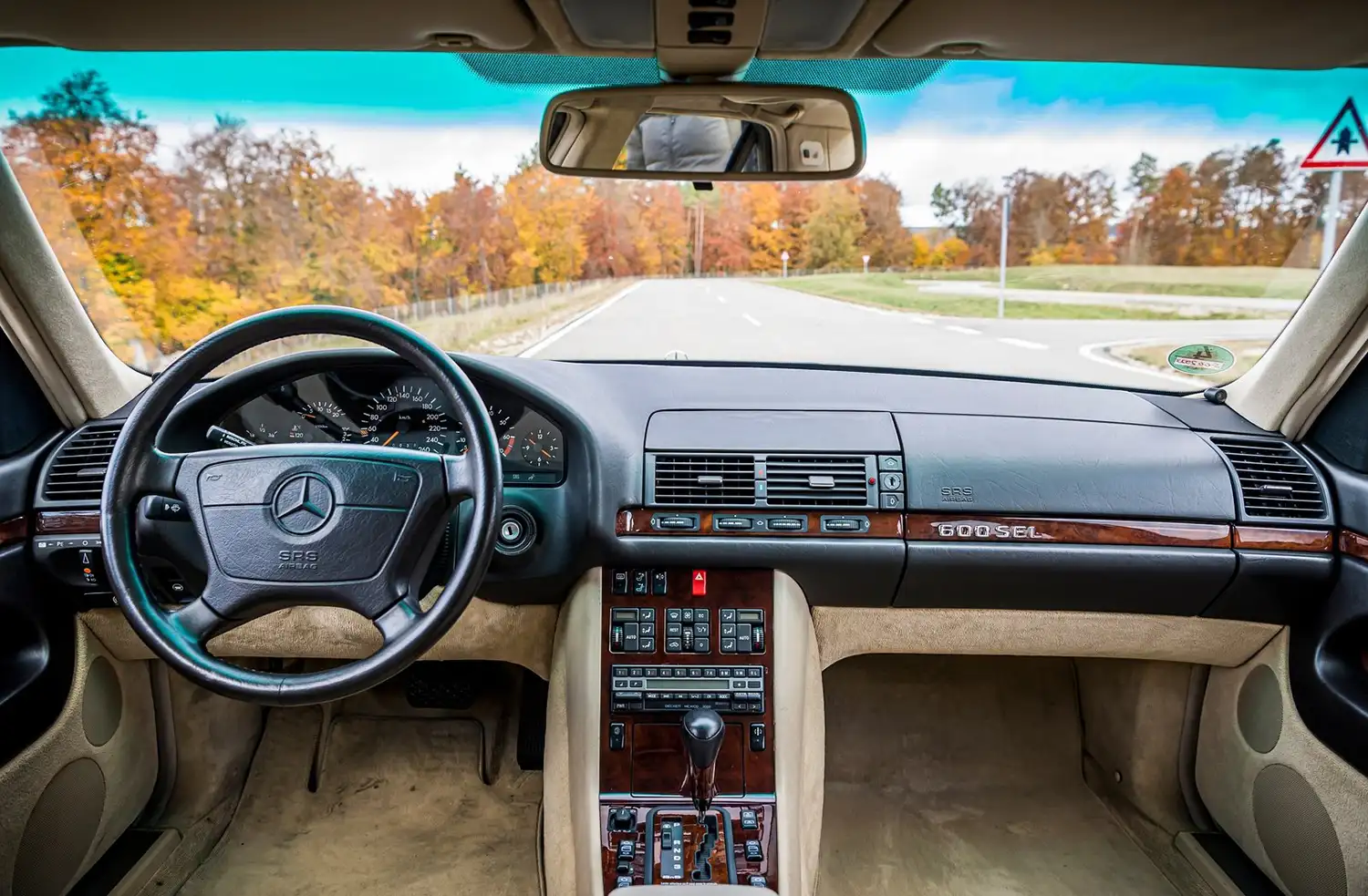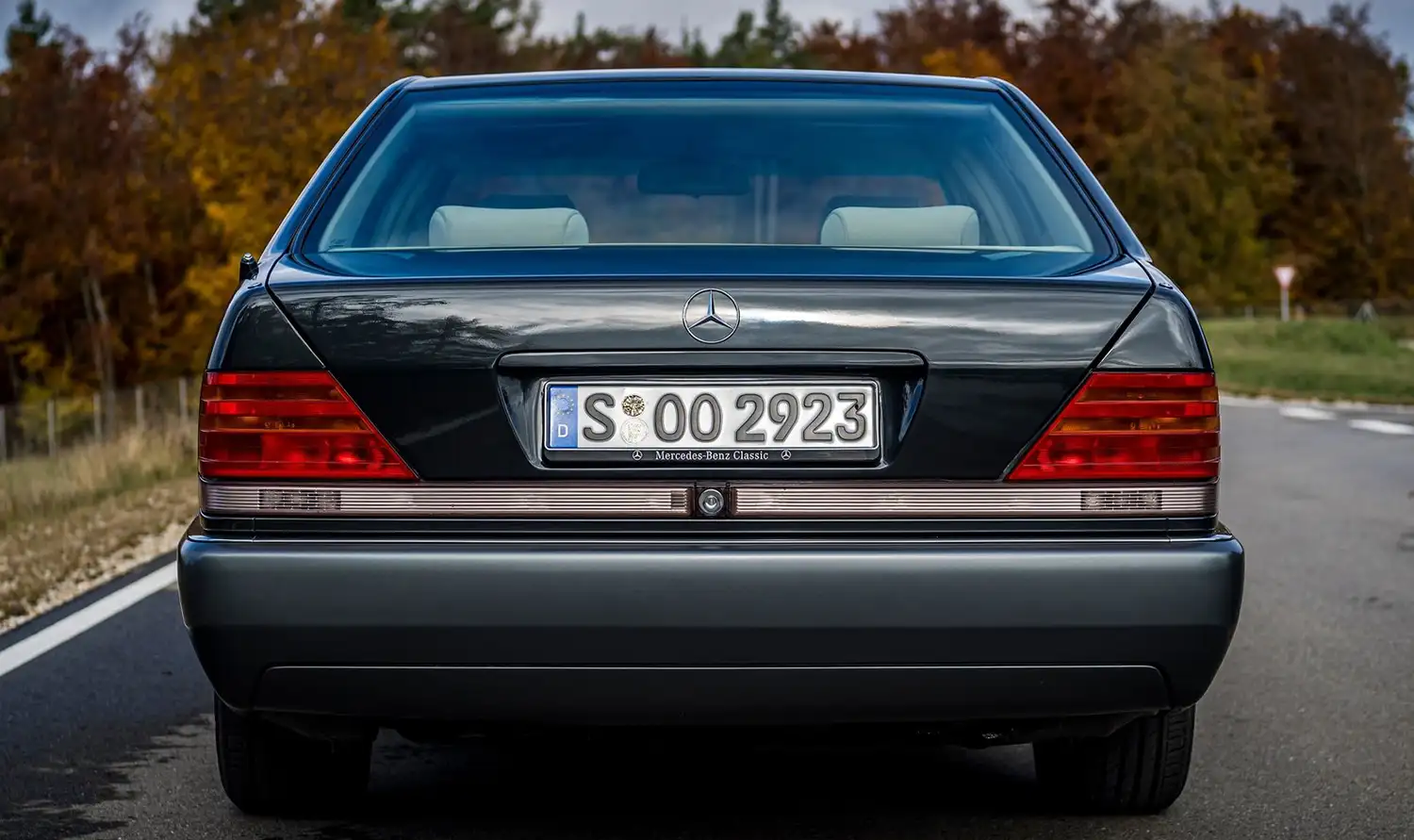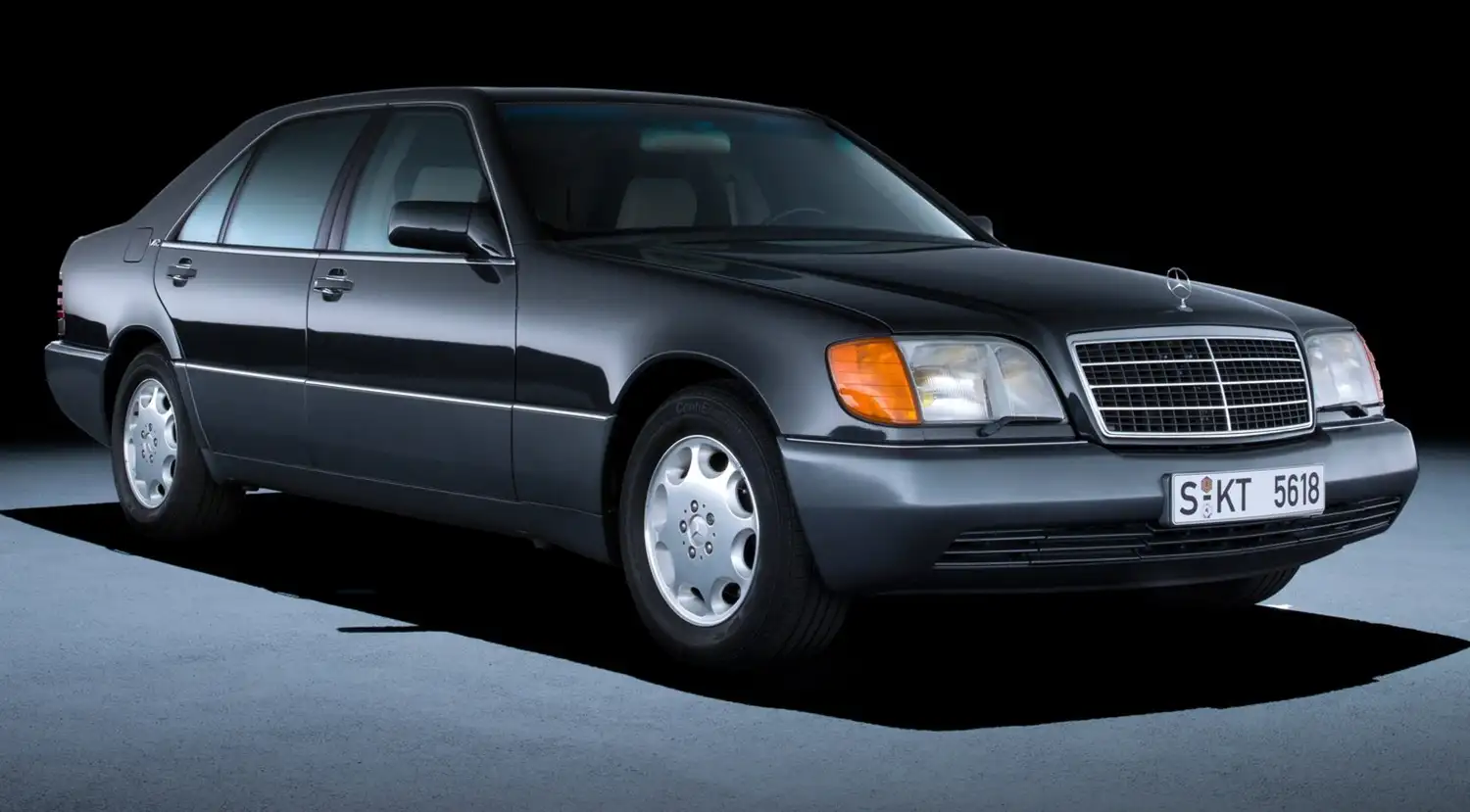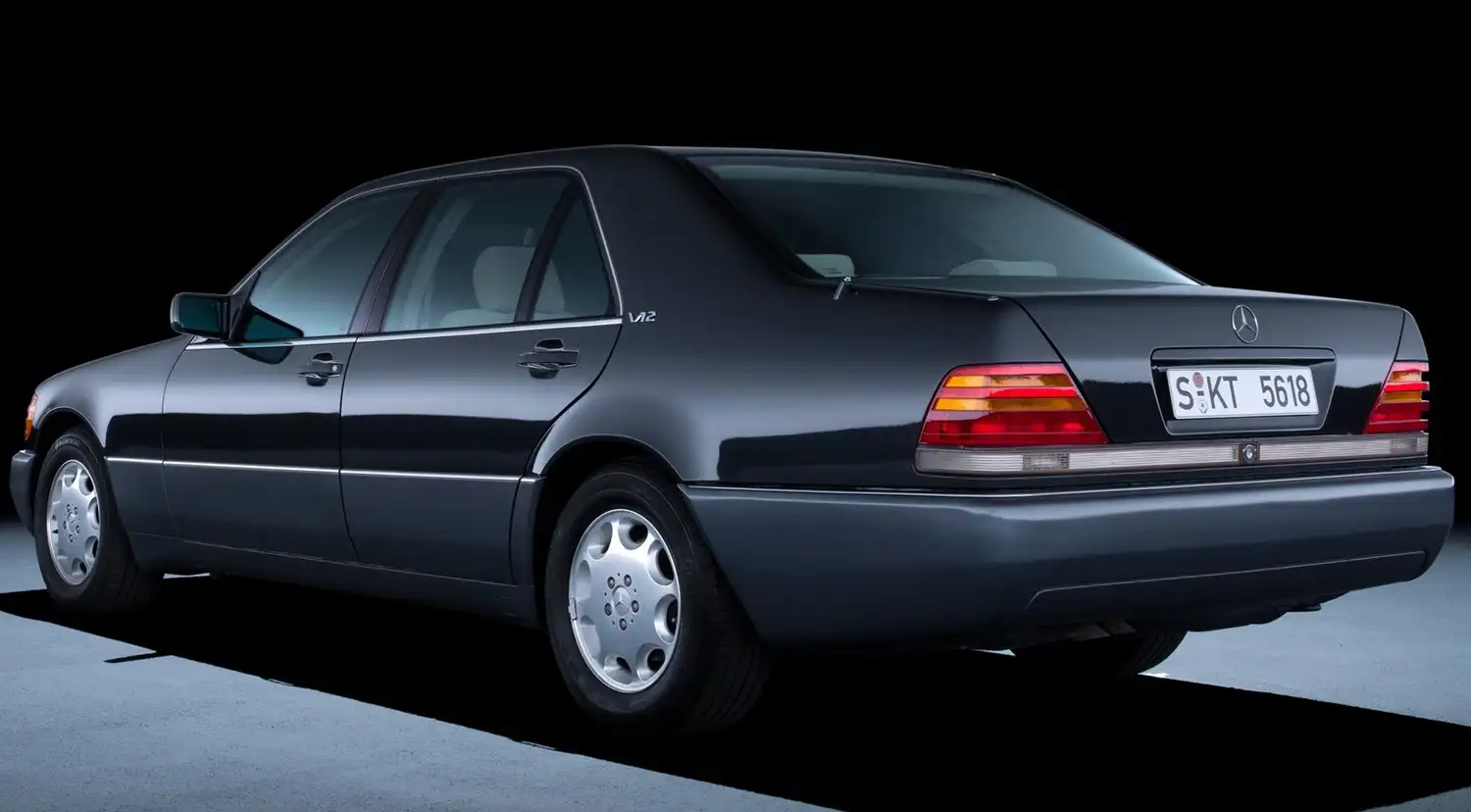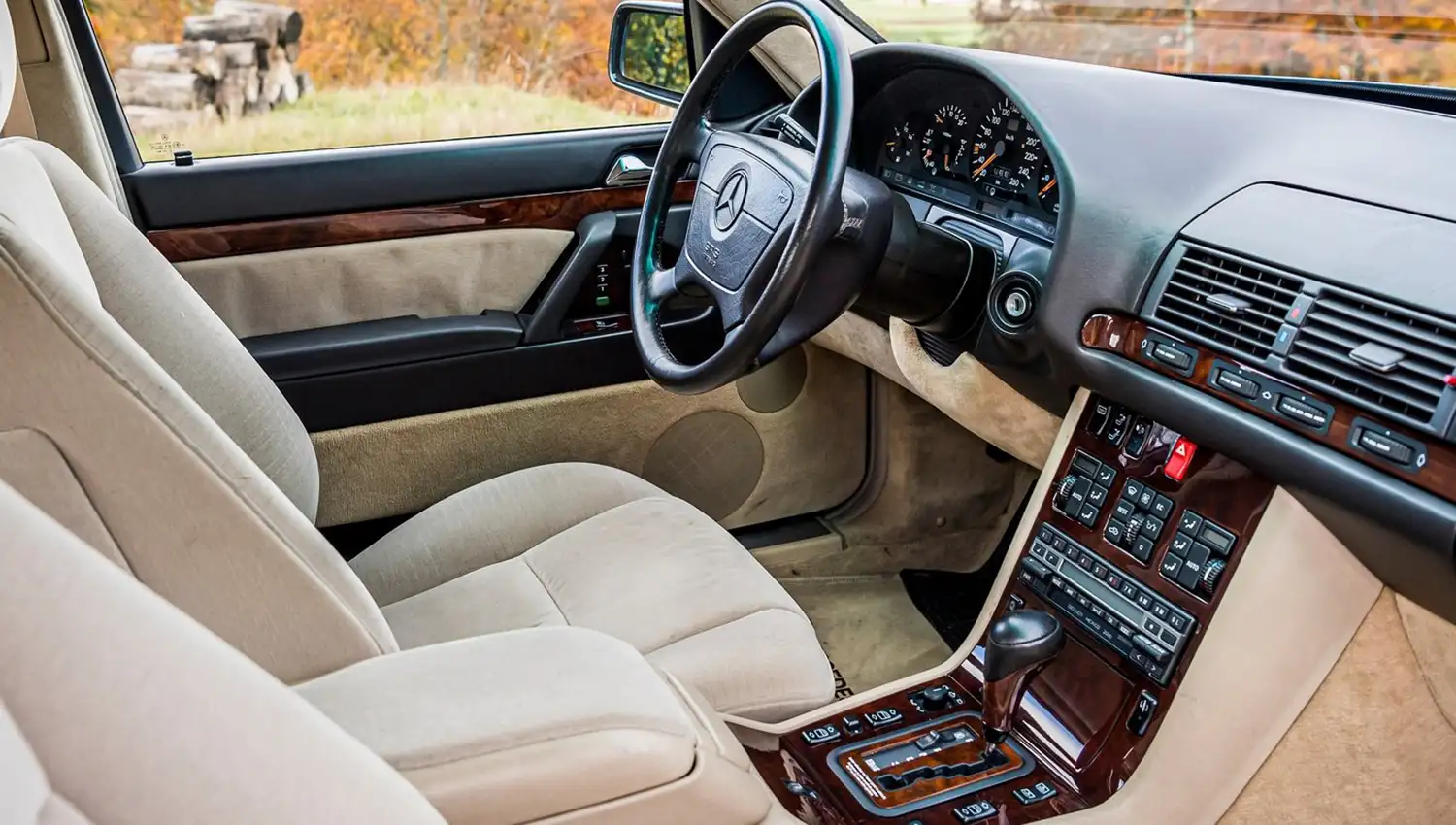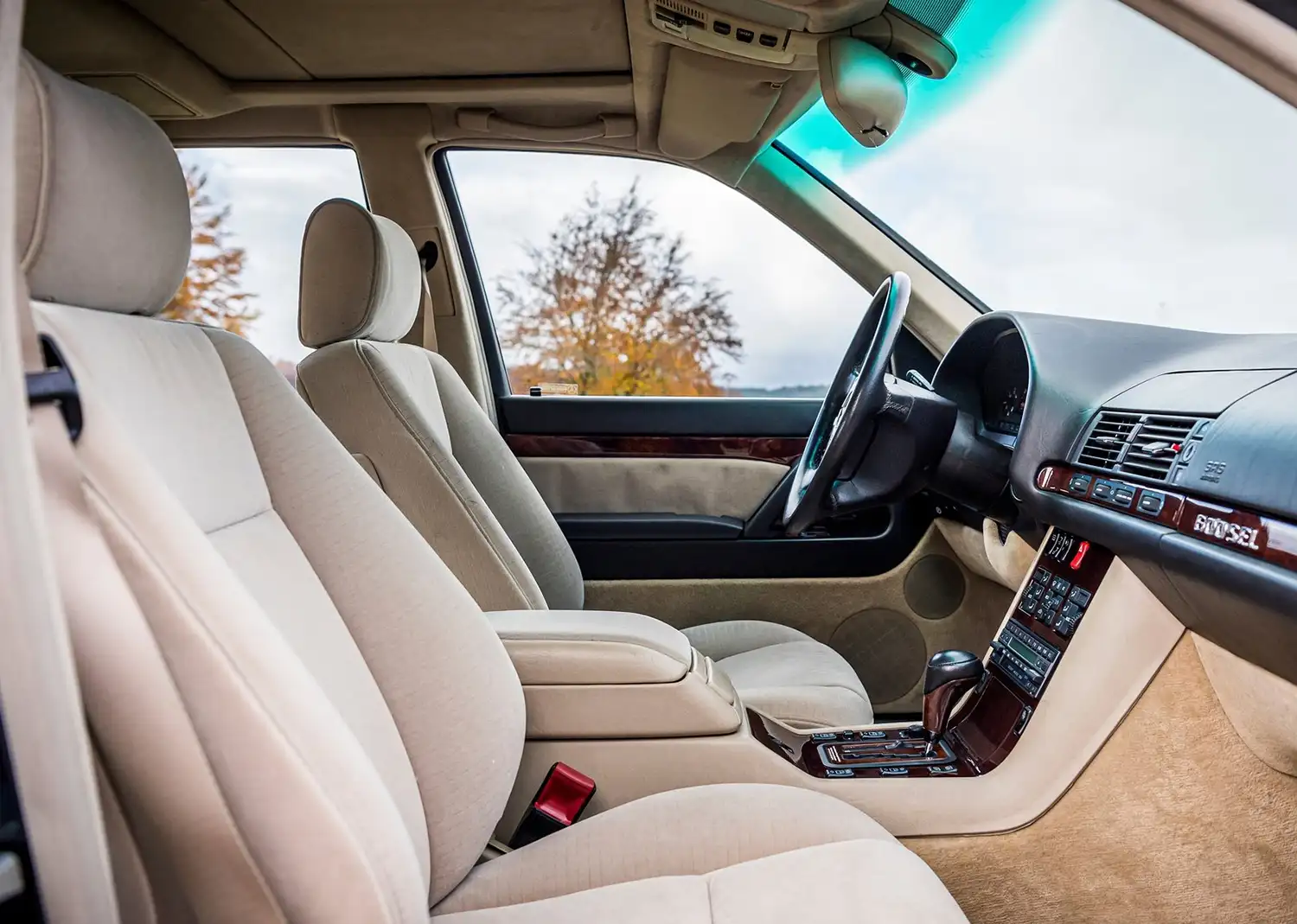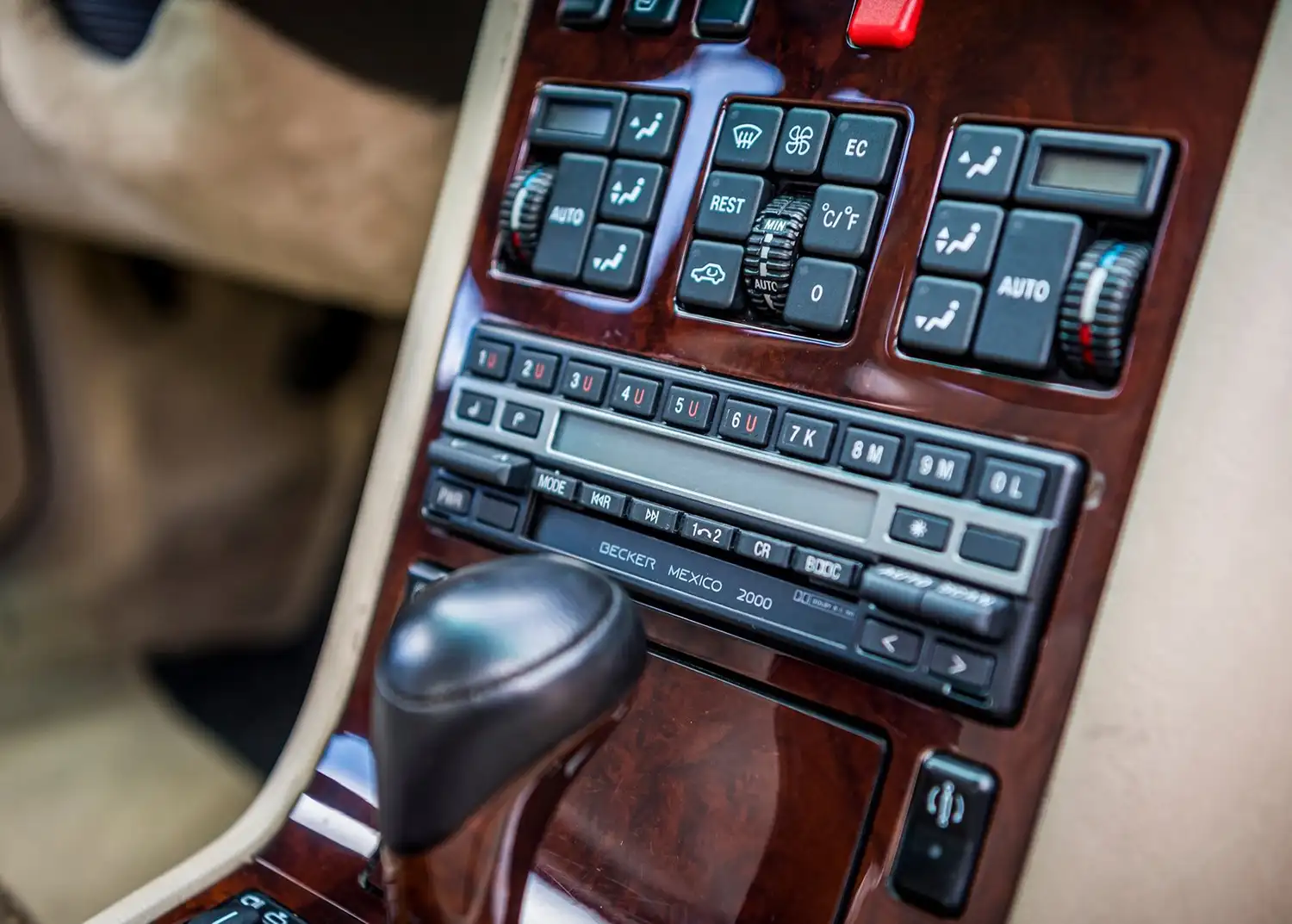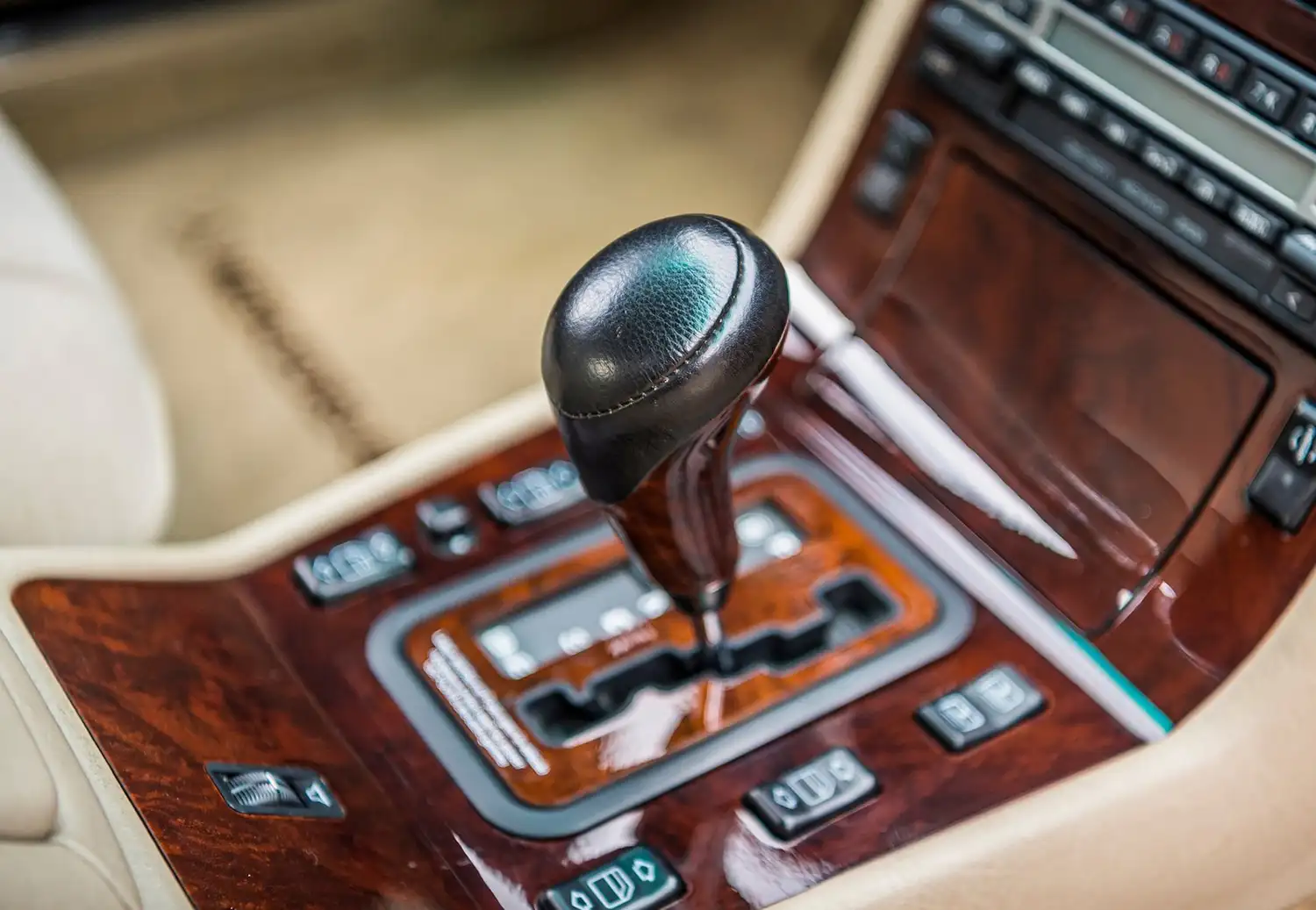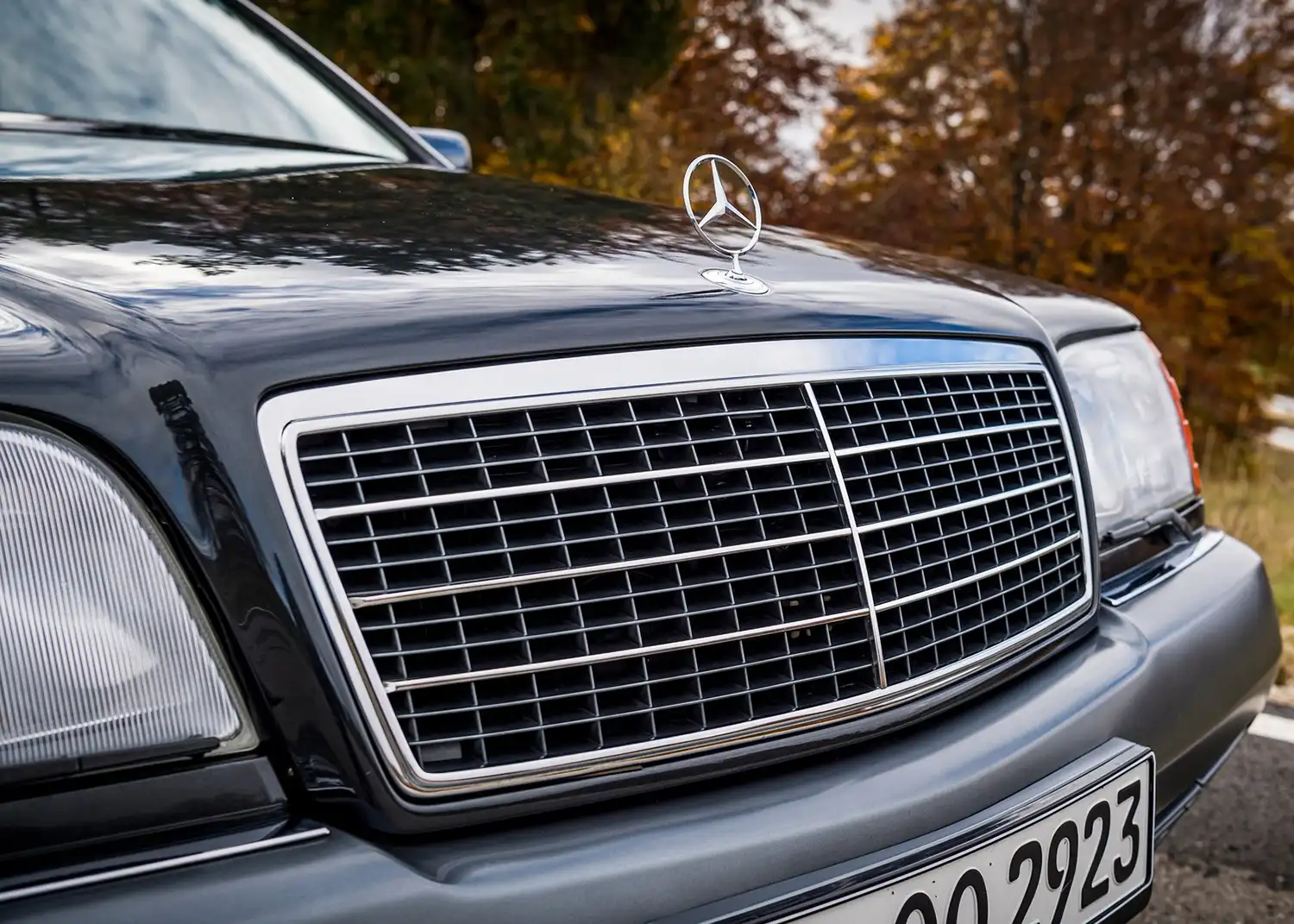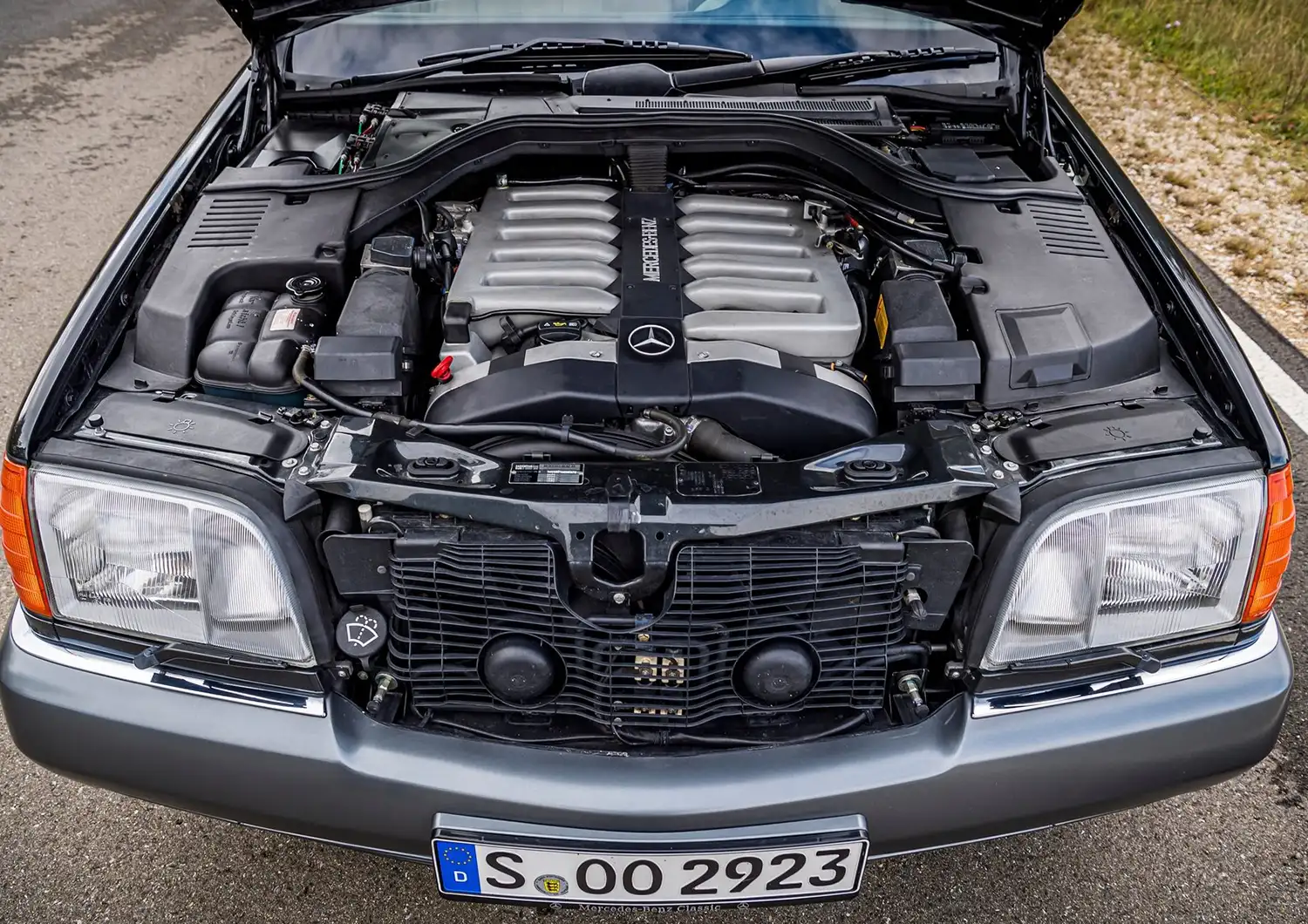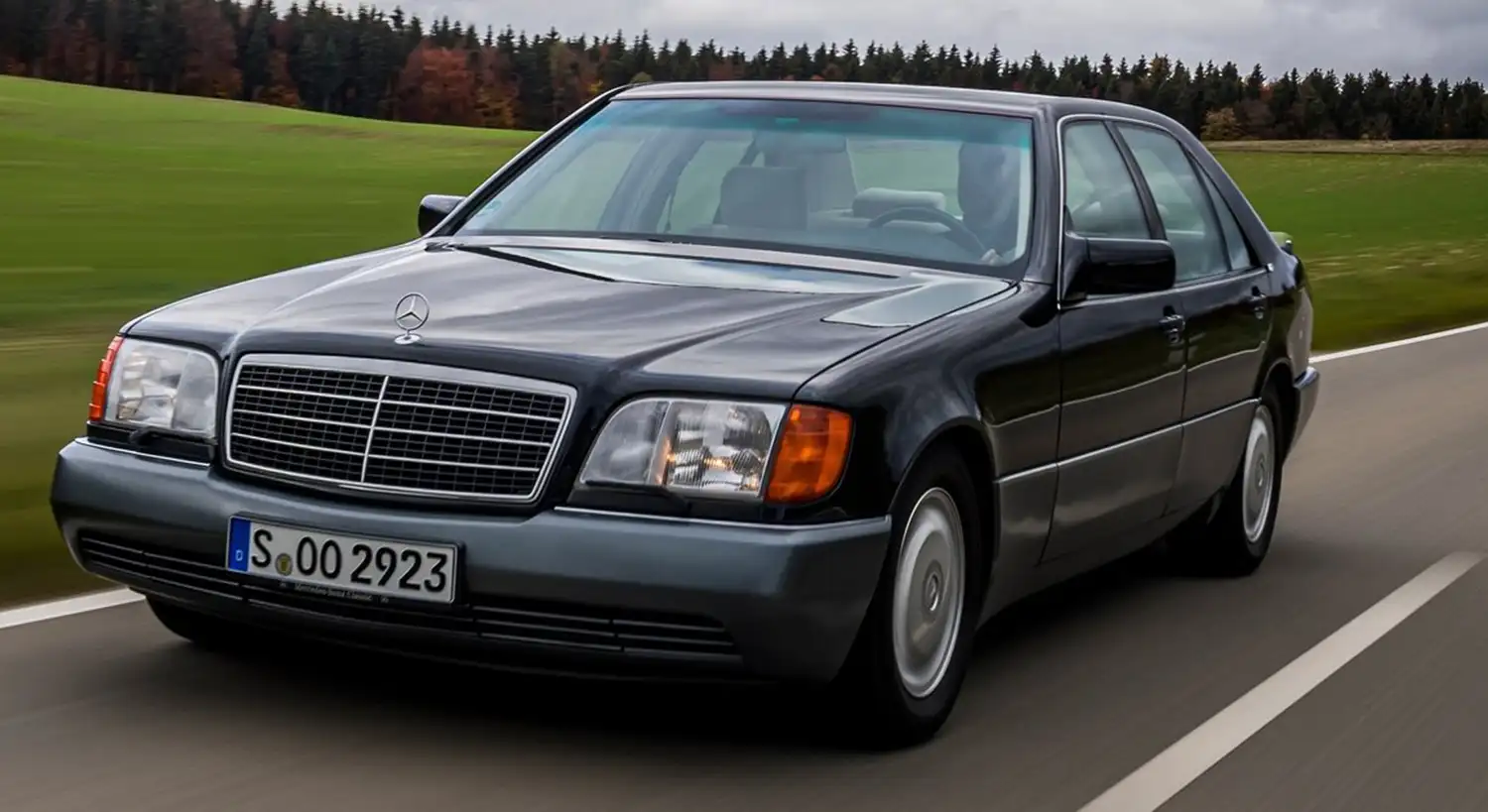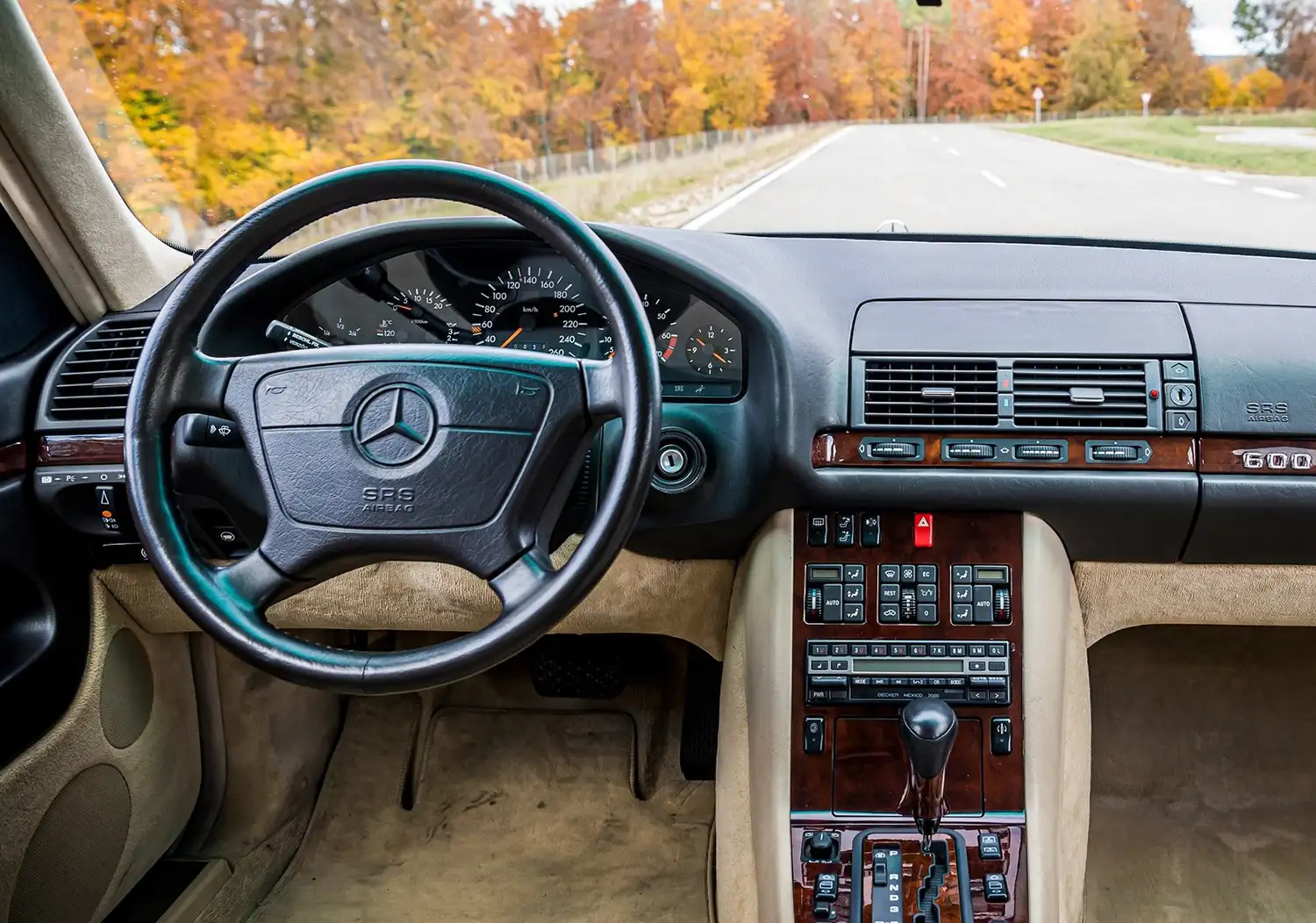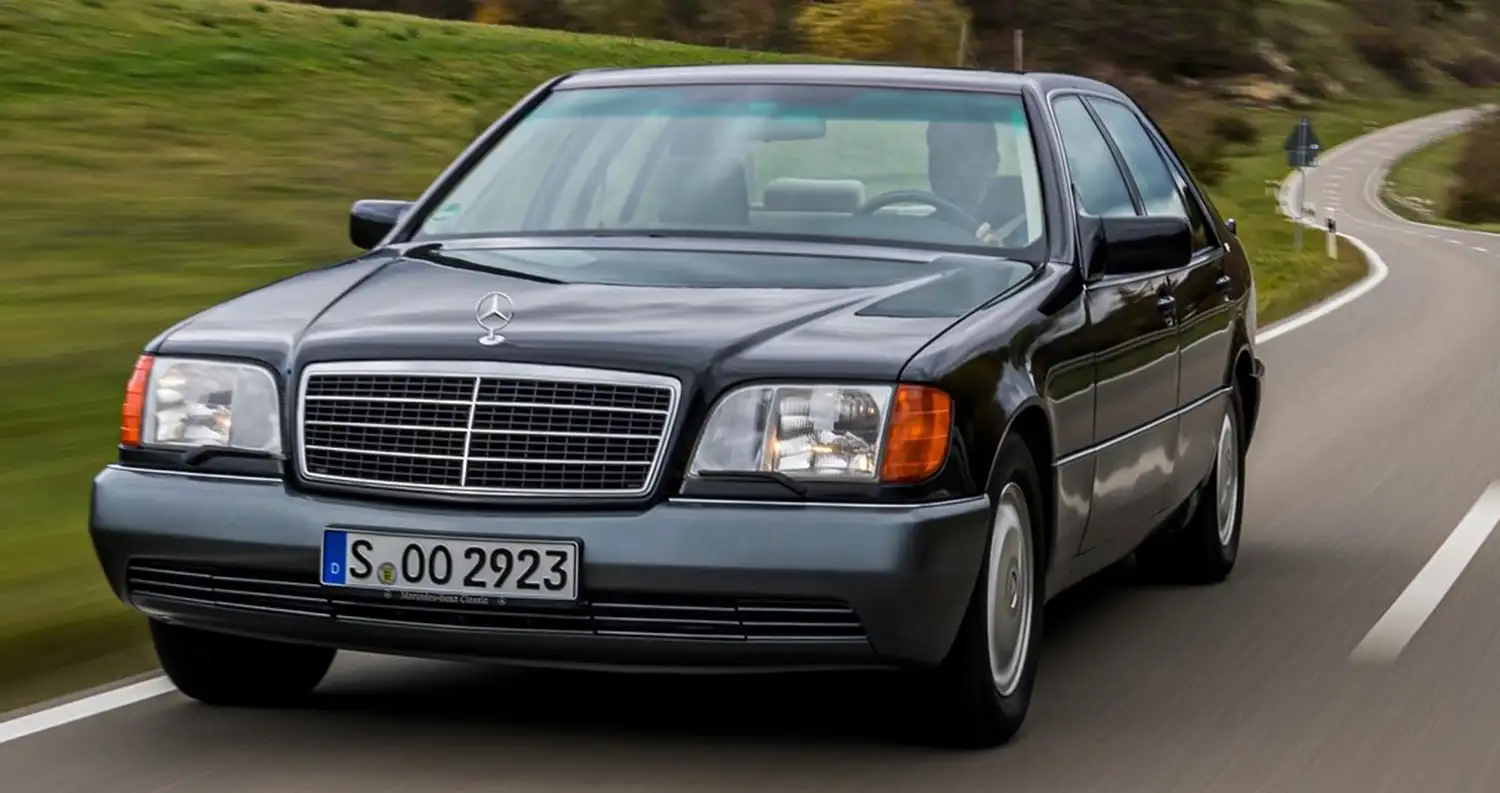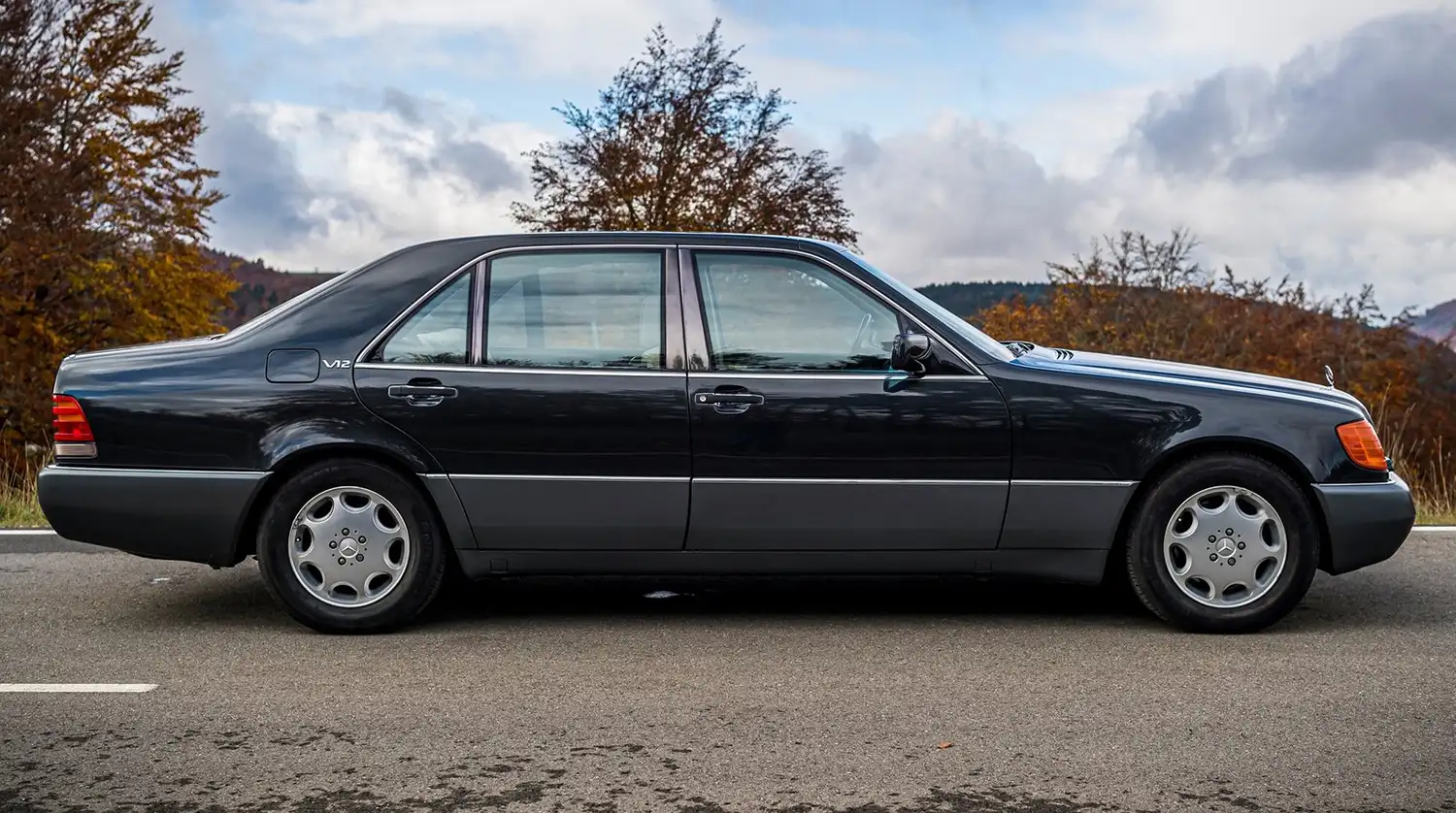
Unveiled in 1991, the Mercedes-Benz W140 S-Class set new standards in luxury and automotive innovation. Despite initial critiques of its dimensions, which were considered oversized at the time, the model’s enduring success highlights how vehicle preferences shift over decades. In particular, the W140 was met with enthusiasm in markets like the USA and Asia, where its sophisticated design, advanced technology, and unparalleled comfort were widely appreciated.
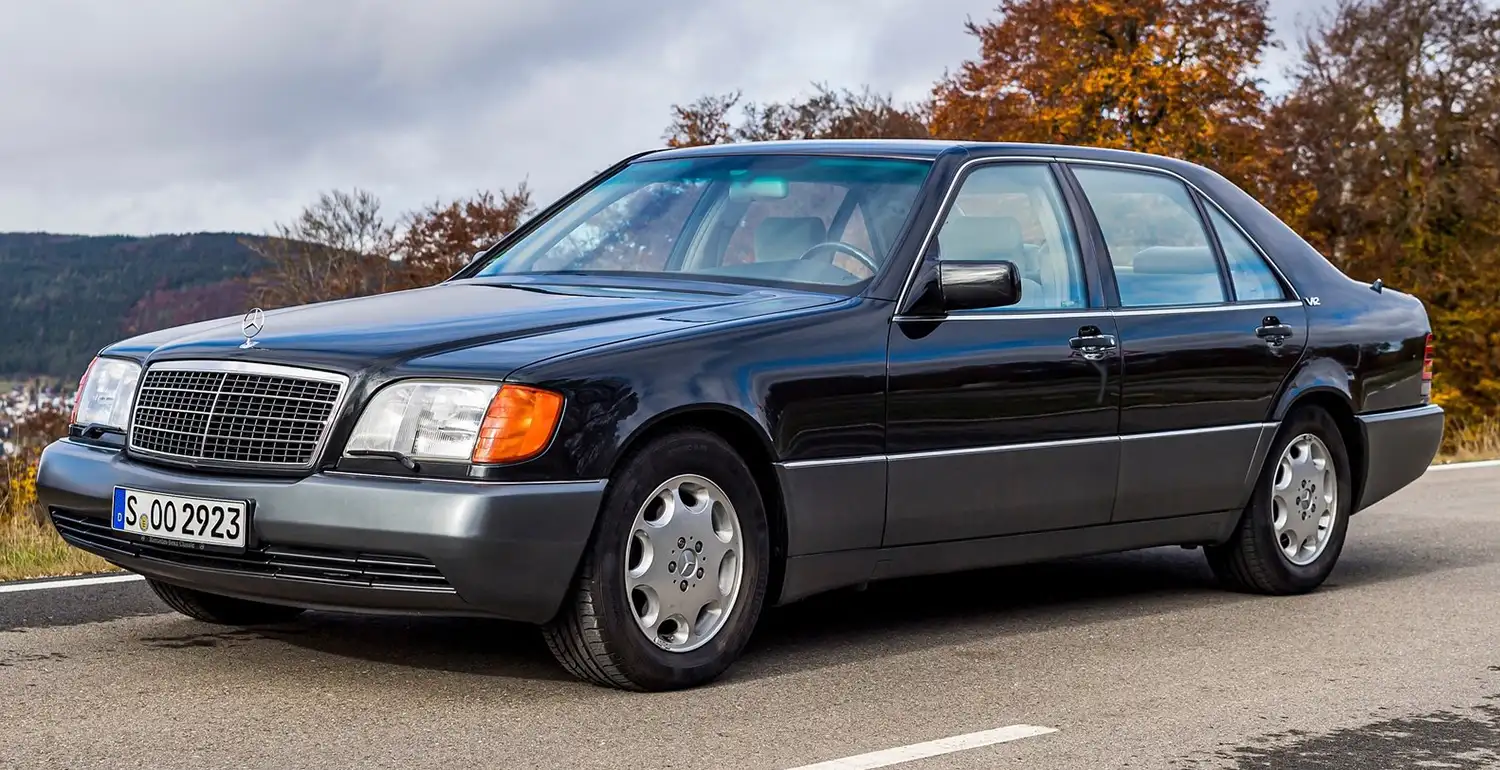
The W140 introduced a reimagined radiator grille, maintaining the classic design while integrating it into the bonnet with a narrower chrome frame. This design shift placed the iconic Mercedes star slightly back on the bonnet, enhancing the vehicle’s streamlined appearance. In addition to aesthetic changes, the ride quality saw significant improvements. The W140 featured reduced tyre noise and vibrations, contributing to a notably quieter and more serene cabin experience. The use of insulating glass panes was a first for Mercedes-Benz, effectively preventing condensation and improving both noise and thermal insulation.
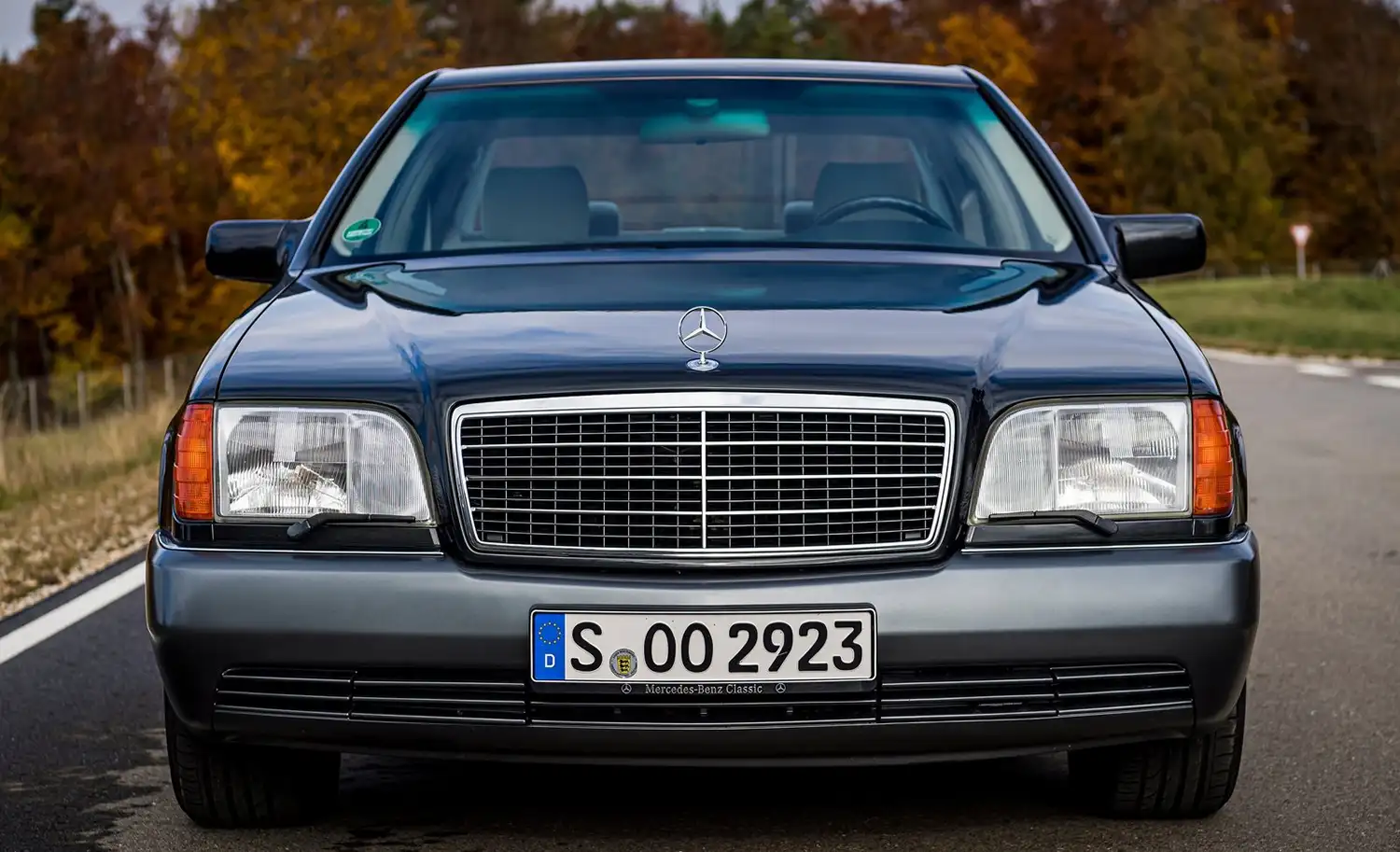
The W140 was also a pioneer in environmentally conscious manufacturing. All plastic components were recyclable and clearly marked, reflecting Mercedes-Benz’s commitment to sustainable production practices. The S-Class continued the tradition of offering a long-wheelbase variant, which provided enhanced legroom and luxury for rear passengers, a feature dating back to the 300 SE (W 112 model series) of 1963.
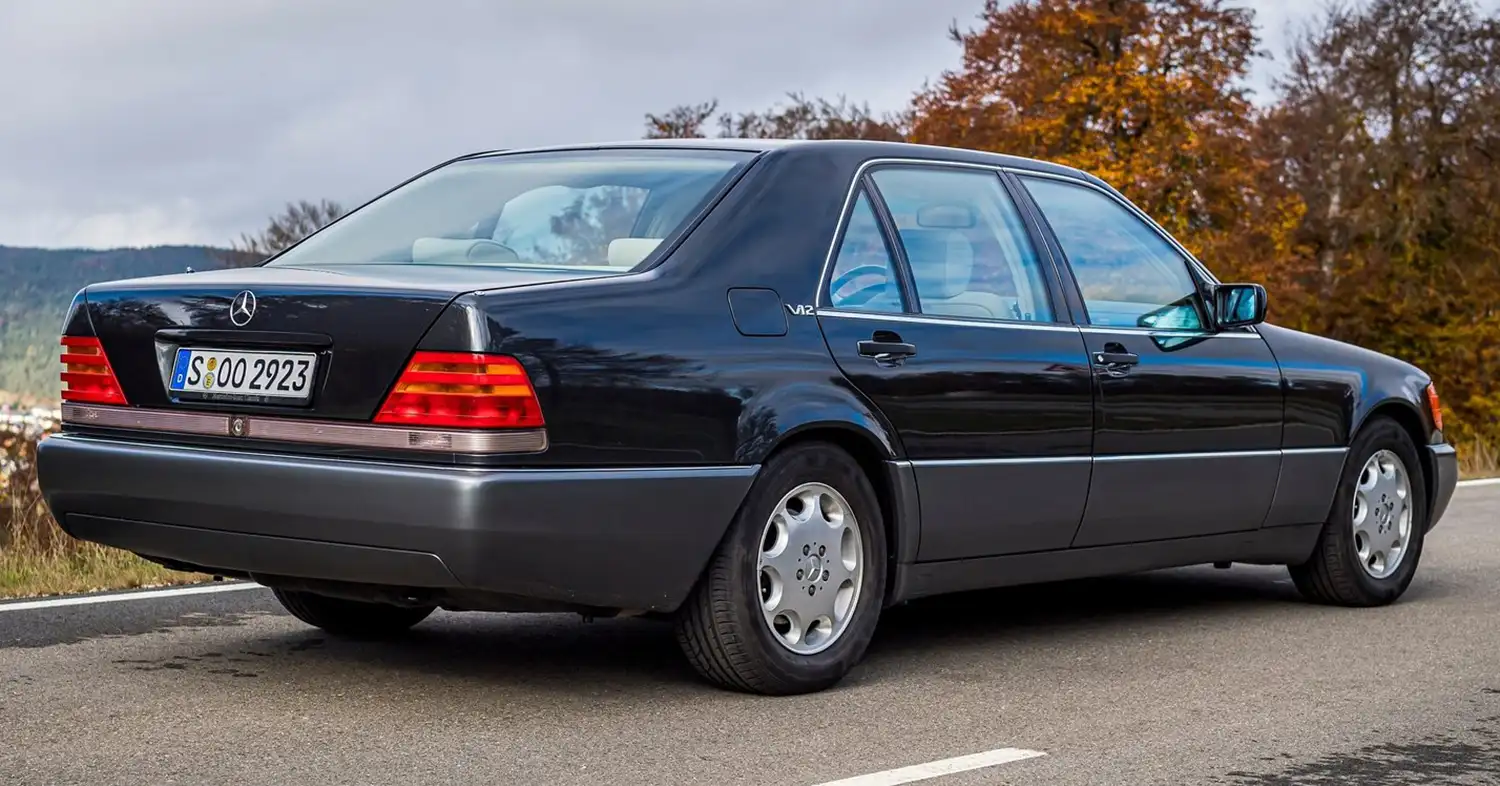
At the heart of the W140 lineup was the 600 SEL, equipped with the innovative M 120 6.0-liter V12 engine. This groundbreaking engine, the first V12 in a Mercedes-Benz passenger car, delivered an impressive 408 hp and 580 Nm of torque. The W140 range also included various other engines, such as V8 options with 4.2 liters (210 kW/286 hp) and 5.0 liters (240 kW/320 hp), as well as a 3.2-liter six-cylinder variant (170 kW/231 hp). In 1993, the addition of the 300 SD Turbodiesel (later known as the S 350 Turbodiesel) with a 3.5-liter engine marked the S-Class’s first diesel offering in both the USA and Europe.
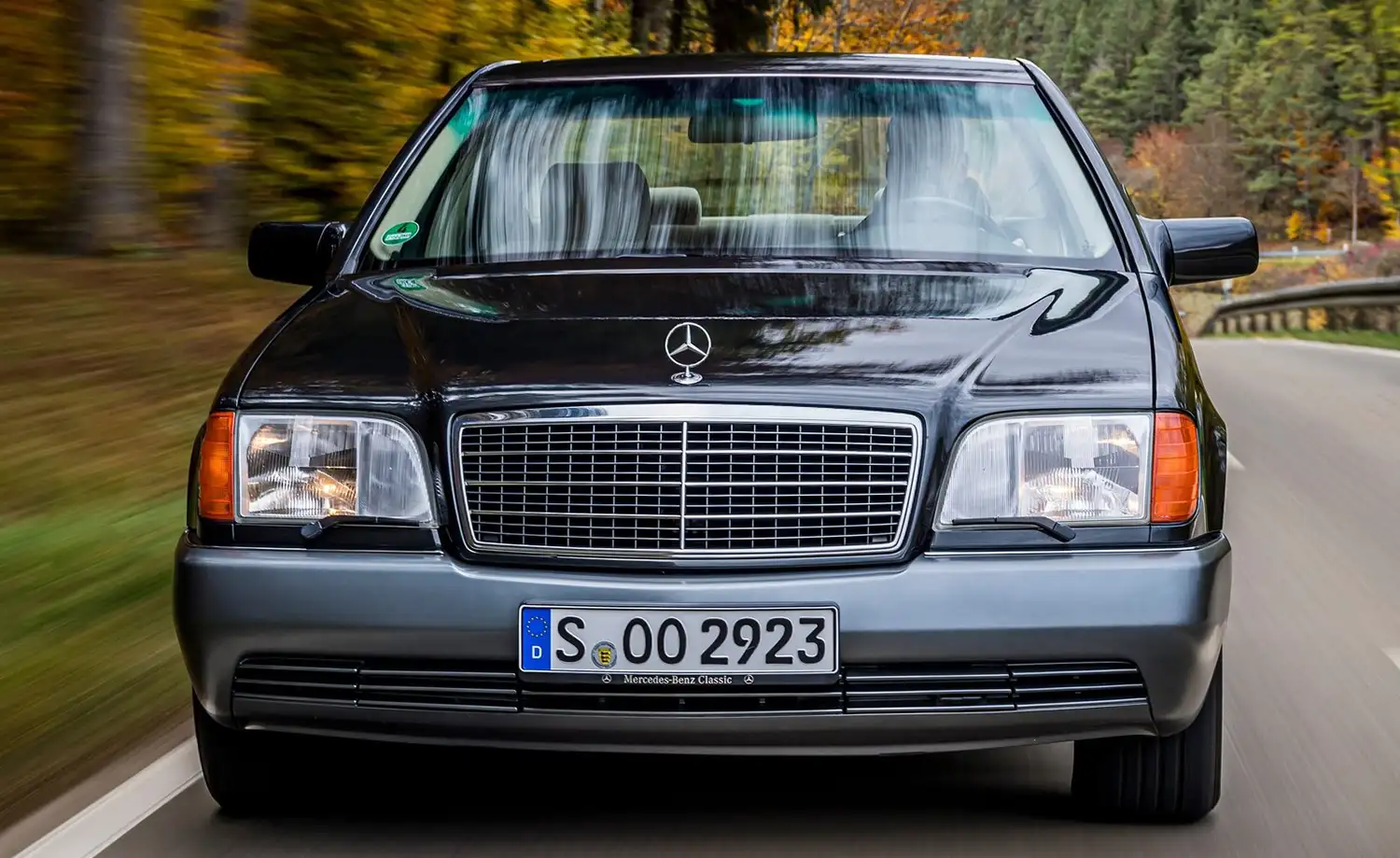
The W140 S-Class was notable for its pioneering safety features. The Electronic Stability Program (ESP®), introduced as standard for V12 models in 1995 and later available for V8 and six-cylinder models, significantly enhanced driving stability. Another critical safety innovation, the Brake Assist System (BAS), debuted in December 1996. This system improved emergency braking by quickly providing maximum brake boost, thereby reducing stopping distances in urgent situations.
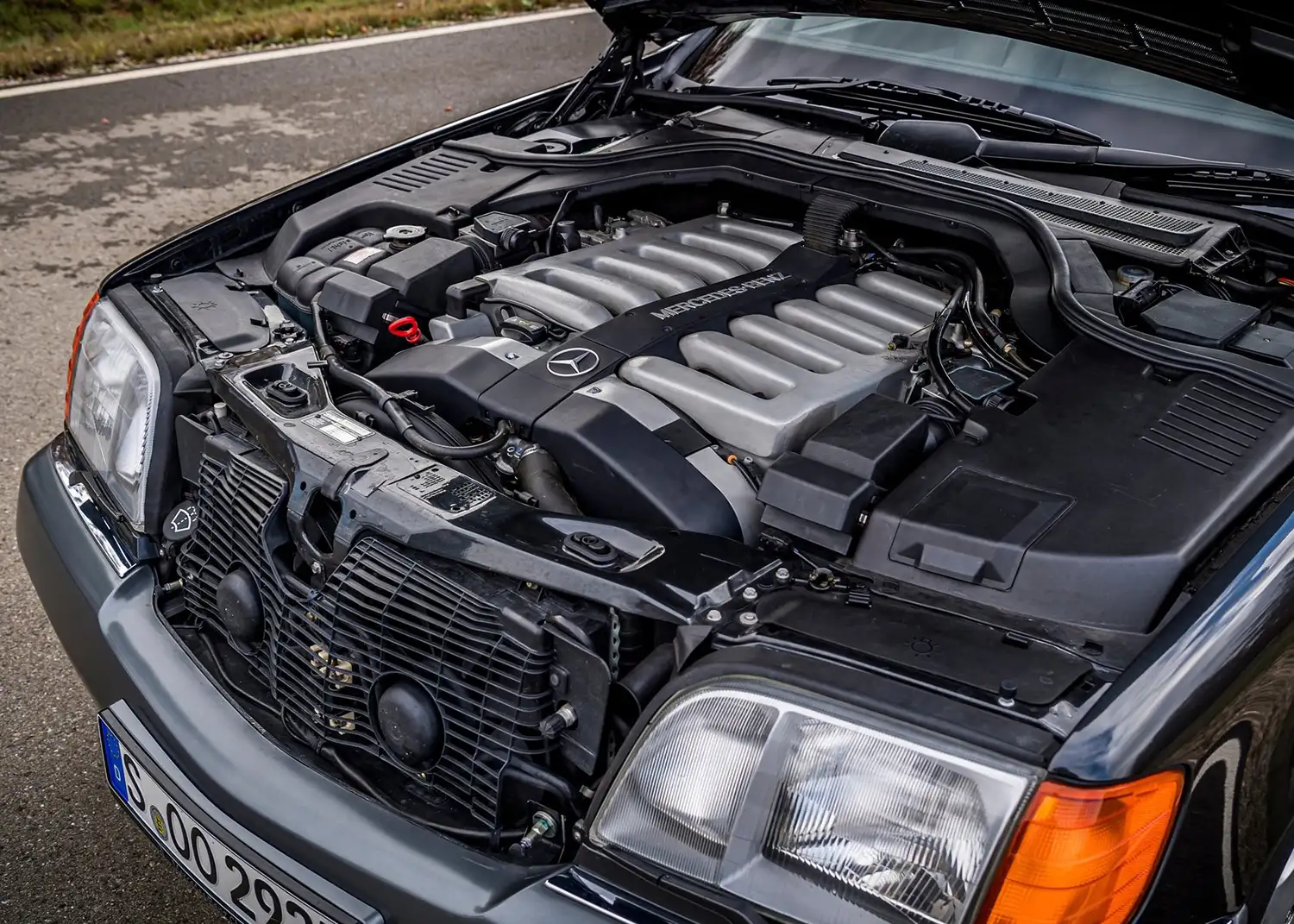
The W140 was produced until September 1998, with a total of 406,532 saloons built, including 28,101 equipped with diesel engines. Its legacy endures as a symbol of Mercedes-Benz’s commitment to luxury, innovation, and safety in the automotive world.
Source: Mercedes-Benz
This Article use tools from Chatgpt
